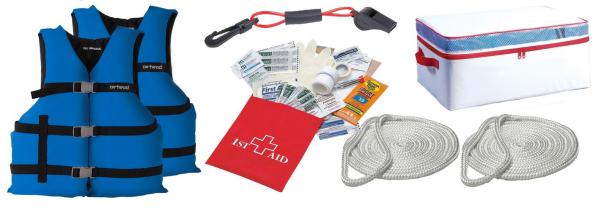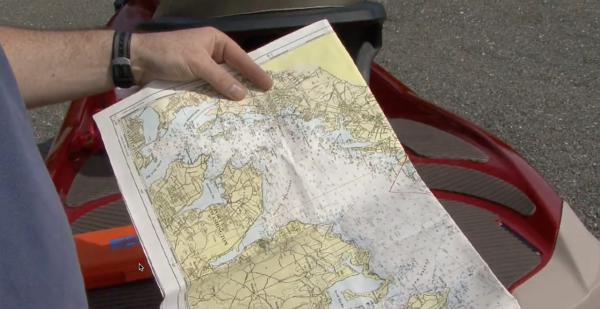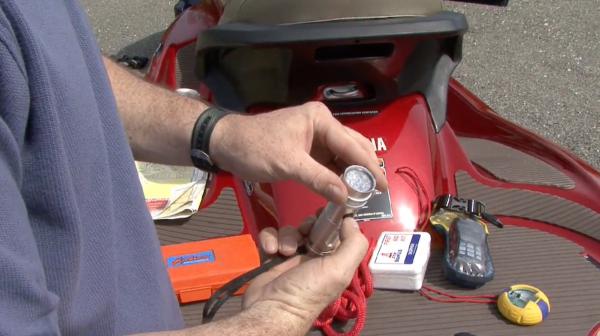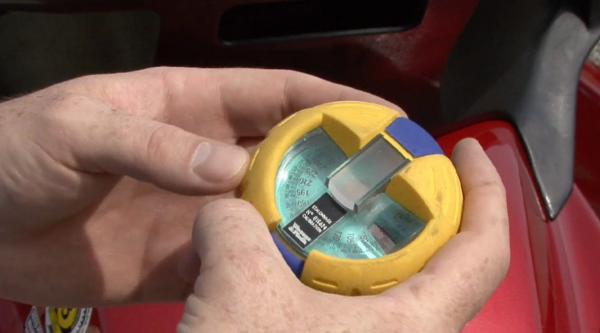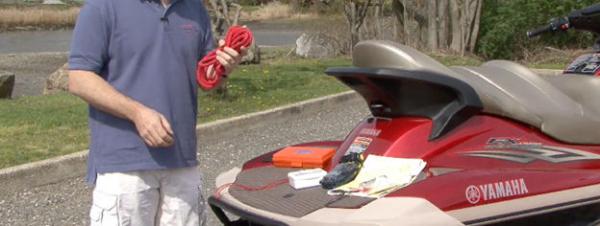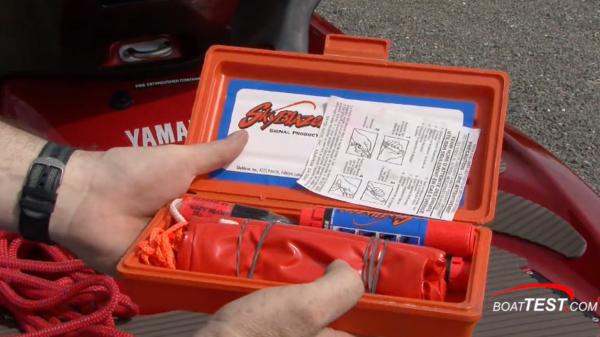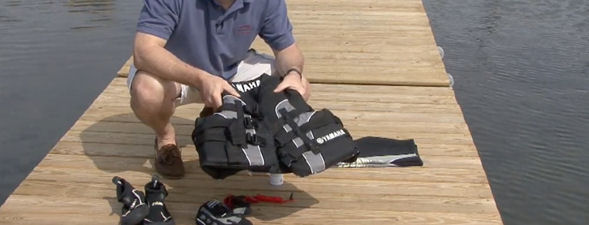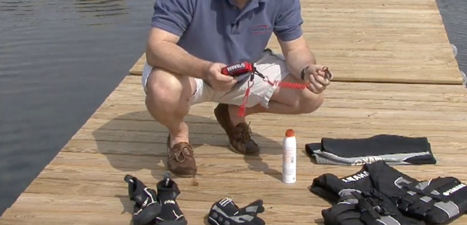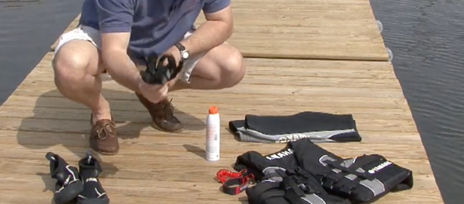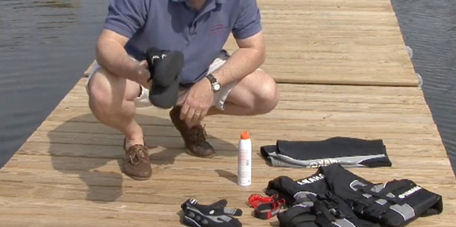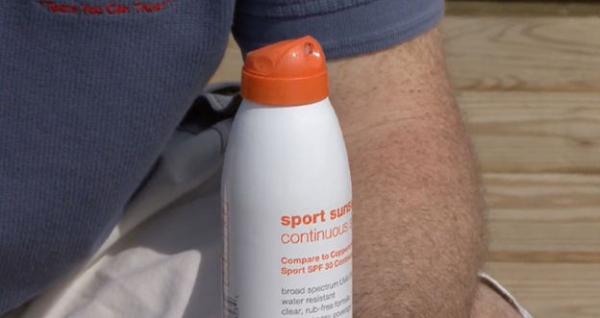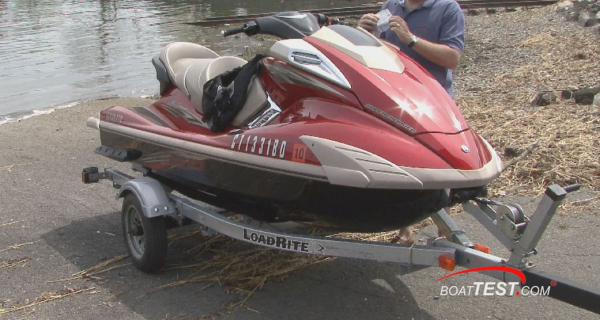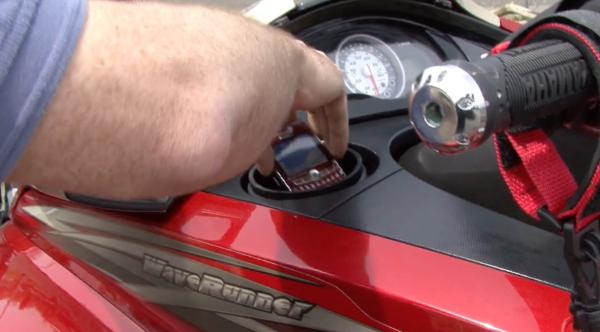This Captain’s Report details the required and recommended equipment for safety and enjoyment of a PWC.
Required and Recommended Equipment
For safety and having fun on a PWC, this Captain’s report covers equipment that is required by regulation and some equipment that we recommend to ensure better gratification while operating a PWC.
Equipment Checklist
Make a checklist of the following items to have onboard when operating a PWC. Refer to it until it becomes habit.
Whether operating in a small lake or out on the ocean, it’s a great idea to have a chart of the local area. Make sure it’s approved, make sure it’s up to date.
It is always wise to carry a flashlight onboard, especially for PWC owners because there are some tight mechanical and storage spaces under the seats that often require inspection.
It is good to have a marine radio onboard, not just to call somebody in an emergency, it is also useful to receive updated weather reports. Weather can change quickly.
It is very important to have a first aid kit onboard. Situations may arise where it could be needed.
Having a compass along for the ride is a great idea especially in unfamiliar waters.
A dock line doubling as a tow rope is essential to have onboard. Once again, situations may arise where it could be needed.
Anchor. All boats should have an appropriate anchor and an anchor rode (line or chain). This includes PWCs.
It is crucial to have signaling devices onboard. A flare kit, shown, and a whistle attached to your PFD will suffice.
The driver, and the passengers must wear an approved Personal Floatation Device (PFD).
Driver must wear a kill-switch lanyard and be hooked up at all times while operating. That way, the PWC will shut down if the driver becomes separated from the boat.
Recommended, but not required, equipment includes gloves for an ensured grip when the controls become wet.
Also for improved grip and safety in the water, special protective shoes designed for in water activities.
Some manufactures actually recommend that drivers and passengers wear a neoprene or a padded shorts.
Highly recommended is a broad spectrum, waterproof sunscreen with an SPF of 30 or more to protect exposed skin.
In addition to our required and recommended equipment, remember there’s paperwork that is necessary. Proper registration and an insurance card should be onboard at all times.
Local and State Requirements. Know all the local and state PWC ordnances. Some states require that operators have their safe boating license with them. Many states actually require a specific one just for PWCs.
As a backup to the marine radio, carry a cell phone. Put that in the dry storage compartment along with your paperwork.
Have Fun But Be Safe. Operating and riding on a PWC is both exciting and fun. However, use common sense and use eyes and ears. Listen for other boats and always check behind and both sides before turning or make sudden maneuvers. The safety of those onboard and other boaters are literally, in the driver’s hands.
